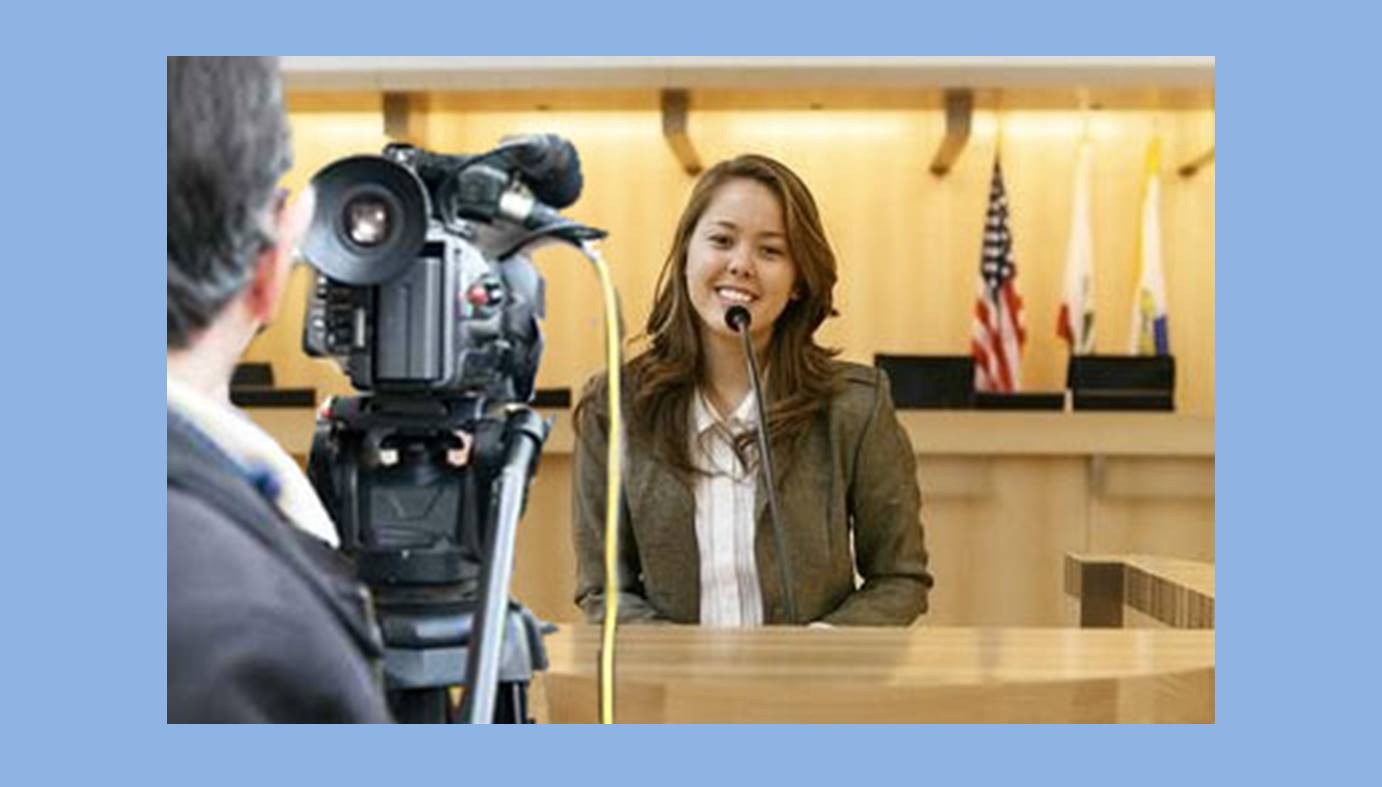Lawyers protecting consumers against large corporations need every advantage they can get, considering the resources and odds against which they’re sometimes fighting. That means being sure their clients and witnesses give opposing counsel nothing they can use to undermine a jury’s opinion. This video deposition preparation guide assists lawyers in making sure their clients and witnesses are ready.
Lawyers protecting consumers against large corporations need every advantage they can get, considering the resources and odds against which they’re sometimes fighting. That means being sure their clients and witnesses give opposing counsel nothing they can use to undermine a jury’s opinion. This video deposition preparation guide assists lawyers in making sure their clients and witnesses are ready.
The use of video deposition is an option lawyers need to be aware of as it relates to how their clients and witnesses present themselves to the jury. In the past, depositions relied on text statements prepared by stenographers. Video, however, adds the subject’s image and voice to the deposition. That means any nonverbal cue — including body language and physical appearance — can serve to strengthen or undermine the efficacy of the subject’s testimony. Jurors will see any outburst of emotion or seeming lack of emotion — the subject’s performance during a video deposition can have a powerful impact on the jury. Even opposing attorneys can use nonverbal cues of a client or witness to their advantage, if the situation presents itself.
That’s why attorneys need to pay as much attention to, and put as much coaching into, preparing a client or witness for a video deposition as they do preparing them to take the witness stand. Clients and witnesses need to be aware that their appearance and behavior during the video deposition can be just as important to the jury as the testimony itself.
For example, the subject should be dressed professionally and placed in front of a neutral backdrop to prevent his or her appearance from subconsciously influencing the jury. The subject also should be coached in proper body language, avoiding slouching, fidgeting or making exaggerated facial expressions. Subjects also should be prepared for anticipated lines of questioning, and schooled in how to ask for clarification if there is a question they do not understand.
Video depositions have changed the way testimony is presented to juries, but not necessarily how a jury can be influenced by that testimony. Preparing clients and witnesses for video depositions can be just as important as preparing them for the witness stand. The following guide presents some tips for attorneys to help their clients and witnesses present their best testimony via video.
Video Deposition Preparation Guide from Litigation Services.



Join the conversation!